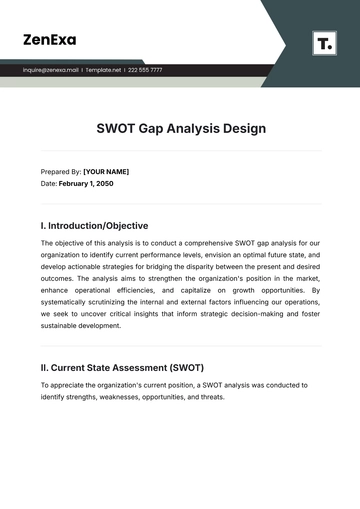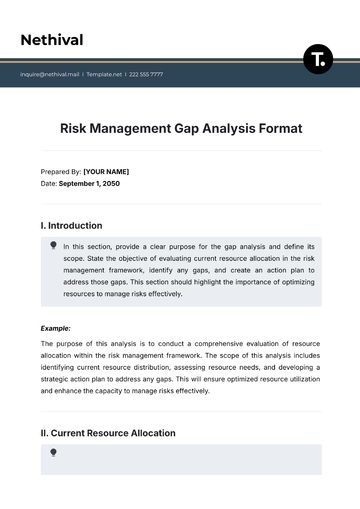Textual Literary Analysis
Prepared By: [YOUR NAME]
Date: [DATE]
I. Introduction
In the short story “The Lonely Lighthouse,” the author explores themes of isolation and self-discovery through the experiences of its protagonist, Emma. This analysis examines how narrative techniques and literary devices are employed to convey the profound impact of isolation on Emma’s journey toward self-awareness.
II. Summary of the Text
“The Lonely Lighthouse” follows Emma, a reclusive lighthouse keeper on a remote island. Her solitary existence is disrupted when a storm wrecks a nearby ship, leading to an unexpected visitor. Through her interactions with the visitor and her reflections on her life, Emma grapples with her isolation and its effects on her identity.
III. Analysis
A. Themes
The central theme of the story is isolation. The author illustrates Emma’s physical and emotional seclusion through vivid descriptions of the lighthouse’s desolate setting and Emma’s introspective monologues. This isolation is portrayed not merely as a backdrop but as a catalyst for Emma’s self-discovery.
B. Characters
Certainly! Here’s the information about the characters presented in table format:
Character | Description | Role in the Story |
|---|
Emma | The protagonist is a reclusive lighthouse keeper who initially displays emotional detachment from the world. | Central to the narrative; her development from isolation to self-discovery drives the story. |
Visitor | A secondary character who arrives during a storm and engages Emma in significant conversation. | Acts as a mirror to Emma’s own desires and regrets, highlighting the theme of introspection. |
C. Structure
The story employs a linear narrative structure, with a focus on Emma’s internal conflict. The pacing mirrors Emma’s gradual transformation, with a climax centered around a key conversation with the visitor that forces Emma to confront her feelings.
D. Language and Literary Devices
The use of symbolism is evident in the lighthouse itself, which represents both Emma’s physical isolation and her inner emotional barriers. The lighthouse serves as a metaphor for Emma’s solitude, emphasizing her separation from the outside world and her emotional confinement.
IV. Evidence
In describing the lighthouse, the author writes, “The lighthouse stood like a solitary sentinel against the vast, indifferent sea, a metaphor for Emma’s isolated existence.” This imagery underscores the story’s central theme.
Emma’s reflection, “For years, I had been the keeper of this light, but now it felt like I was the one who was lost in the dark,” illustrates her internal conflict and the impact of her isolation.
V. Conclusion
“The Lonely Lighthouse” effectively uses isolation as a means to explore deeper themes of self-discovery and emotional growth. Through detailed characterization, symbolic use of setting, and evocative language, the story provides a compelling examination of how solitude can lead to profound personal insights. The story invites readers to reflect on their own experiences of isolation and self-awareness.
VI. References






























